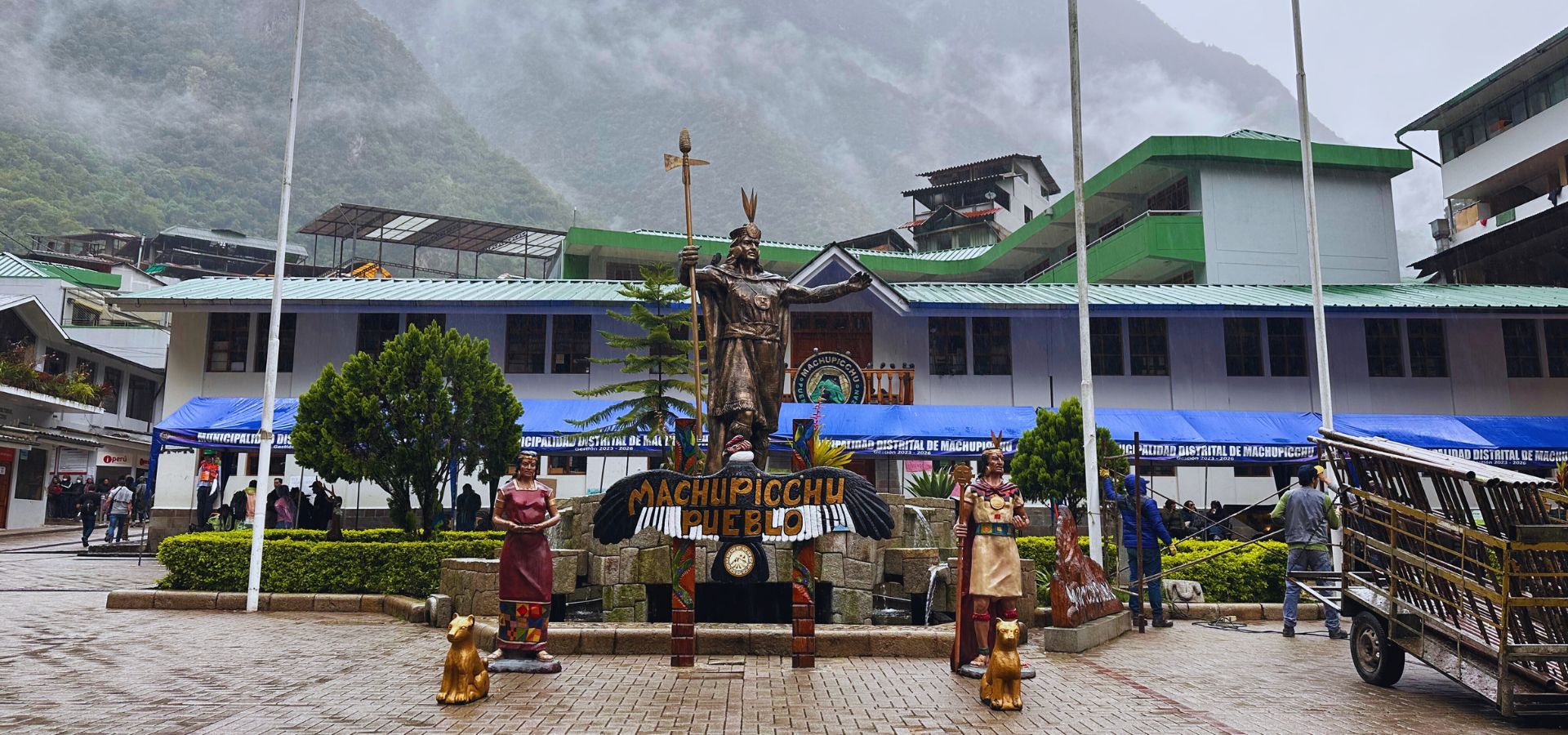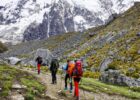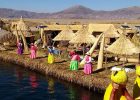Machu Picchu Town, also known as Aguas Calientes, is the starting point for those visiting the famous Inca citadel. However, this picturesque place offers much more than its proximity to the archaeological site. With captivating natural landscapes and opportunities to enjoy cultural experiences, the surroundings of Machu Picchu Town are a destination in their own right.
Machu Picchu Wayna will help you discover the best activities, attractions, and recommendations to make the most of your visit.
What to Do Near Machu Picchu Town
Discover the natural and cultural richness of the surroundings
Aguas Calientes is more than just a gateway to Machu Picchu; it is a place surrounded by nature and culture. Exploring its surroundings will allow you to appreciate the area’s biodiversity and learn about local traditions.
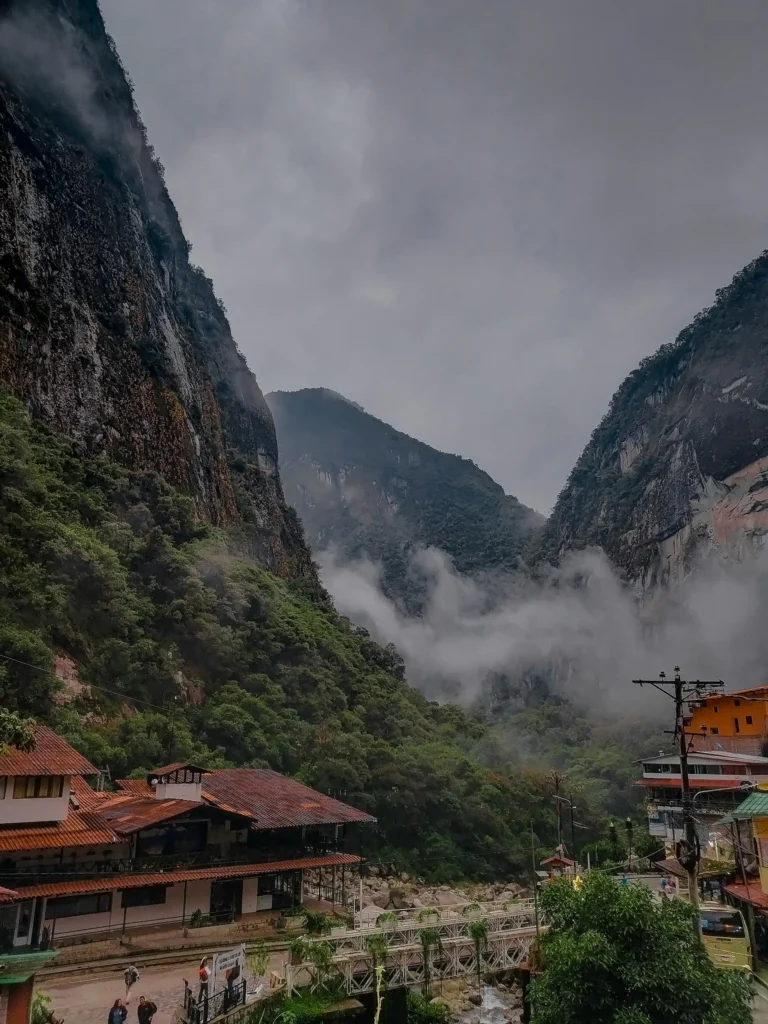
Why Machu Picchu Town is more than just the gateway to the citadel
Although many see Machu Picchu Town as a technical stop before the big adventure, it is a destination that combines relaxation, adventure, and culture. Its natural attractions, markets, and hot springs make it well worth staying longer.
Natural Attractions Near Machu Picchu Town
Hike to the Mandor Gardens
The hike to the Mandor Gardens is an ideal option for those who wish to explore the nature near Machu Picchu Town. The route, which takes about 1 hour, follows a trail surrounded by lush vegetation, offering a peaceful environment and an opportunity to enjoy the local biodiversity.
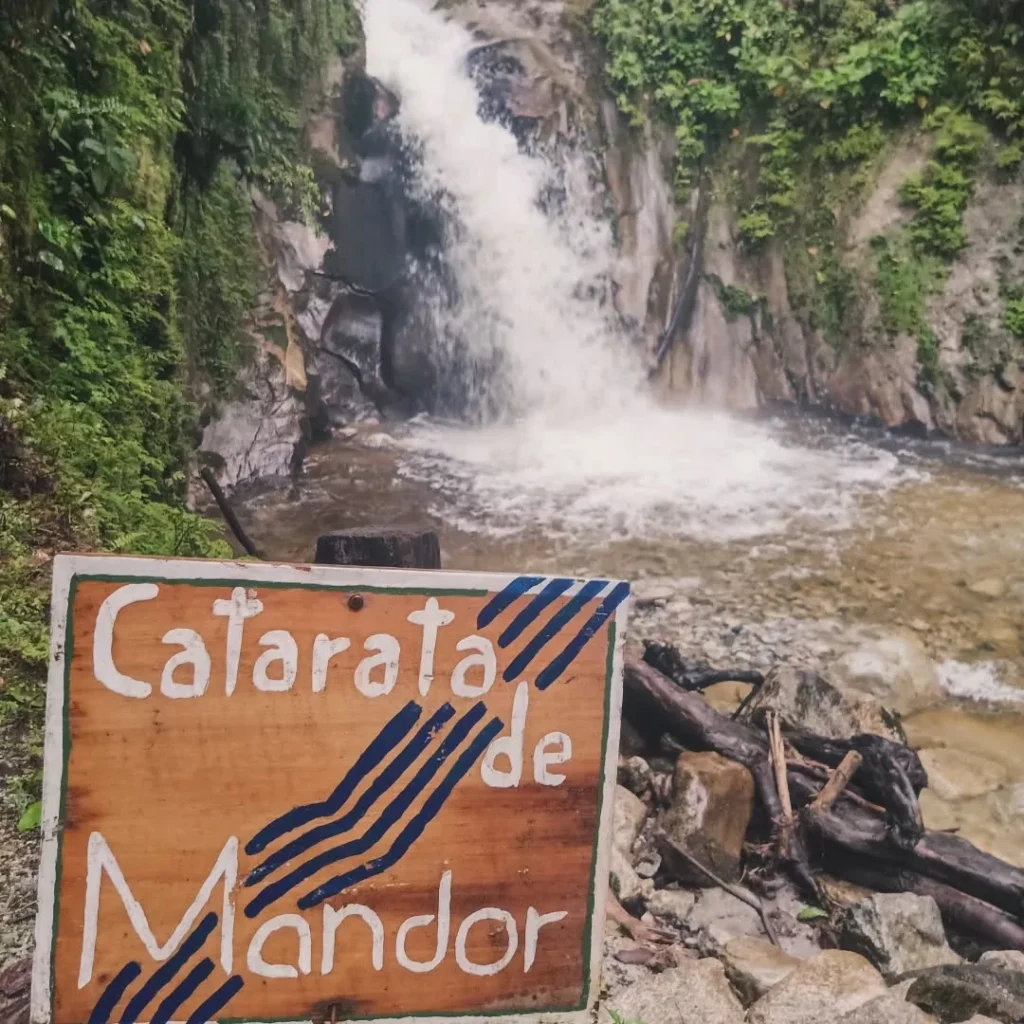
Along the way, visitors can observe various species of flora and fauna, including birds and orchids. Upon reaching the gardens, a beautiful waterfall enhances the scenery, making this walk a relaxing and enriching experience.
Recommendations for the trek
- Wear comfortable shoes.
- Insect repellent.
- Camera to capture the beauty of the surroundings.
- Visiting early in the morning will allow you to enjoy the place in peace.
Machu Picchu Butterfly Sanctuary
The Machu Picchu Butterfly Sanctuary, located near Machu Picchu Town, is a space dedicated to the conservation of native butterflies from the Andean and Amazonian regions. Visitors can observe various species and learn about their life cycle in a natural environment, making it an ideal spot for those interested in learning more about local biodiversity.
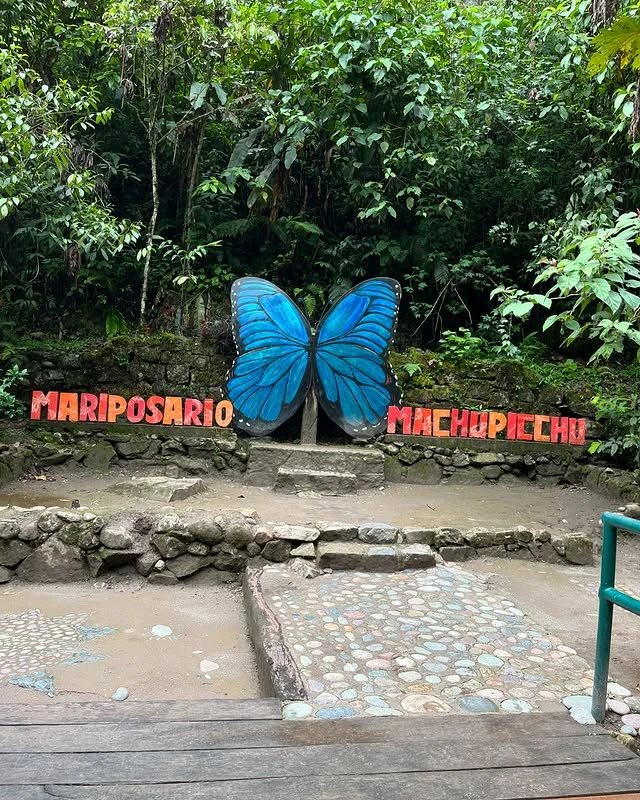
Butterfly species and their ecological importance
The butterfly sanctuary houses species such as the Blue Morpho butterfly, known for its vibrant color and cultural symbolism. Here, you will discover the role of these insects in local ecosystems.
Putucusi Mountain
Putucusi Mountain offers a challenging hike near Machu Picchu Town, with panoramic views of the citadel and the Urubamba River. The ascent, which takes 2 to 3 hours, includes steep stairs and sections with metal ladders. Although the climb is demanding, the reward is the breathtaking view from the summit.
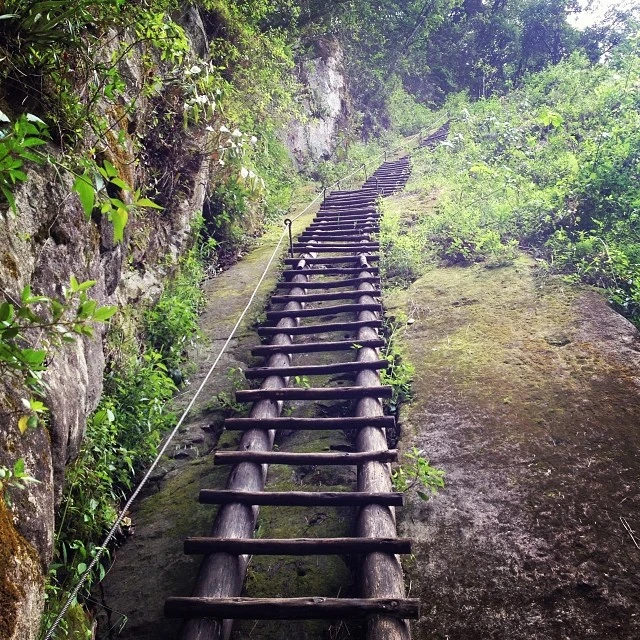
Adventure and hiking at Putucusi
The trail includes steep and very picturesque stairs, making it an ideal hike for the more adventurous.
Mandorpampa Waterfalls
The Mandorpampa Waterfalls are a series of cascades located in the surroundings of Machu Picchu Town, accessible via a hike of approximately 30 minutes. This spot offers a peaceful environment, surrounded by vegetation and local wildlife, making it ideal for nature lovers.
The multi-level waterfalls provide a relaxing view and are a great destination for those looking for a short walk and an opportunity to enjoy the natural surroundings.
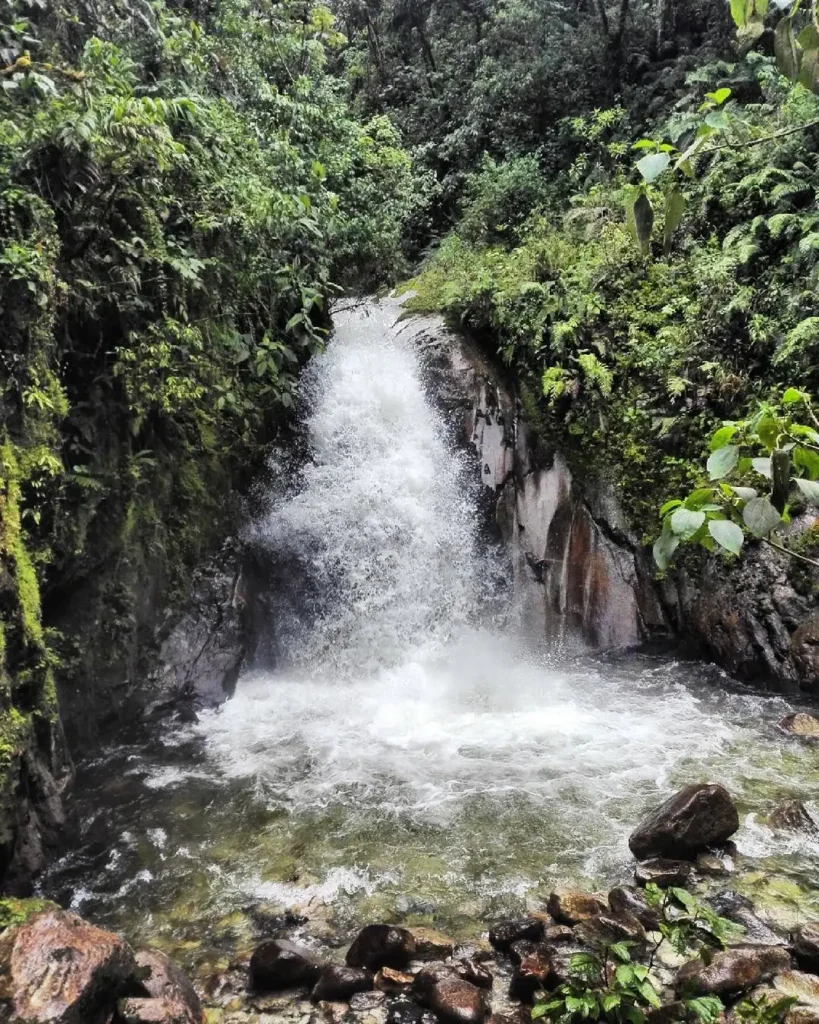
Cultural and Relaxation Spots in Machu Picchu Town
Aguas Calientes Sculptures
The town features several outdoor sculptures representing symbols of the Andean worldview, such as the condor, the llama, and Inti (the sun god). These works are located in key spots, like the main square, and offer an opportunity to appreciate the local cultural richness.
History and cultural significance of the sculptures
They represent symbols of the Andean worldview, such as the Condor, the Llama, and Inti (the sun god). These figures reflect the spirituality and connection between the region’s ancient inhabitants and nature. Distributed in key locations throughout the town, such as the main square, the sculptures allow visitors to gain a deeper understanding of the area’s cultural heritage.
Machu Picchu Site Museum
This museum features a collection of archaeological artifacts, such as ceramics and tools, that showcase the life of the ancient inhabitants of the Inca Empire. It is an excellent place to learn about history before visiting the Machu Picchu citadel.
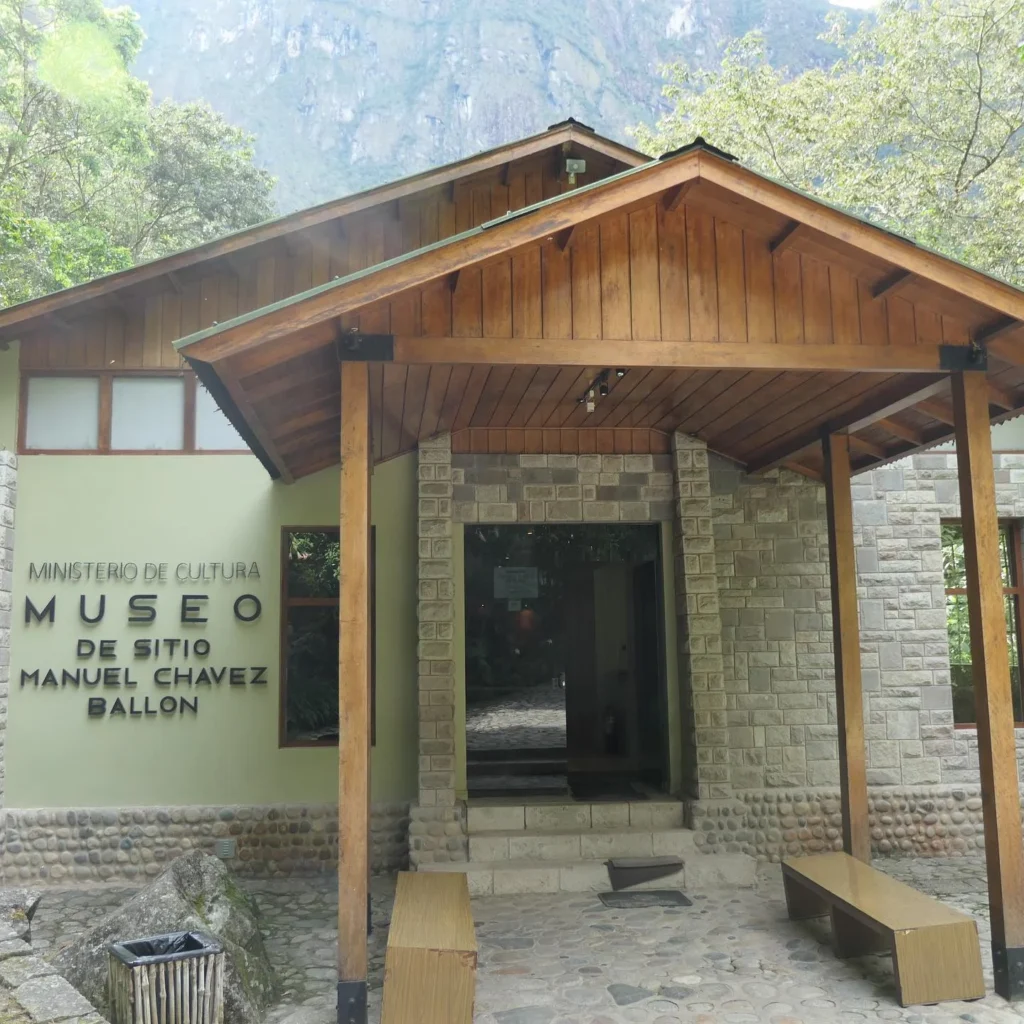
Guide to exploring the museum
Take at least an hour to explore the exhibits and learn about the history behind Machu Picchu.
Aguas Calientes Hot Springs
After a day of exploration, the hot springs are perfect for relaxation. The volcanic-origin waters have therapeutic properties that help relieve fatigue and improve well-being. The complex features several pools of different temperatures and other services, such as a bar and showers.
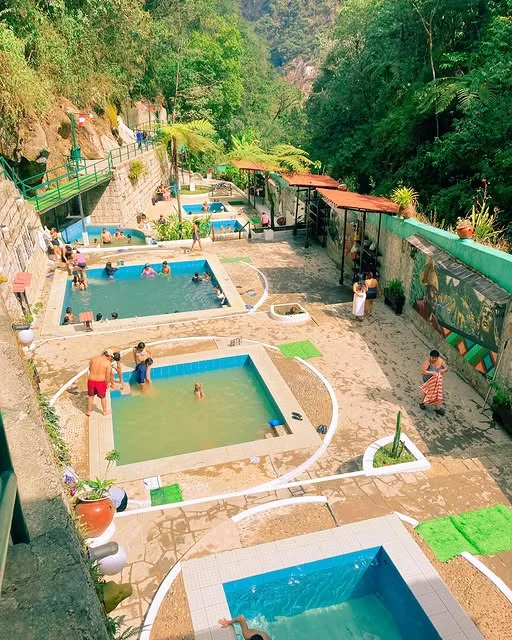
Services and opening hours of the hot springs
The Aguas Calientes Hot Springs offer several pools with therapeutic thermal waters, showers, and a bar. They are open daily from 5:00 AM to 7:00 PM, making it ideal to arrive early for a more peaceful experience.
Tips for Exploring the Surroundings of Machu Picchu Town
What to bring for your excursions
- Proper walking shoes.
- Sun protection: sunscreen, hat, and sunglasses.
- Insect repellent, especially for hikes to Mandor.
- Water and snacks to stay hydrated and energized.
Best time of year to visit
The dry season, from April to October, is ideal for enjoying hikes and avoiding rain. However, the wet season also offers greener landscapes and fewer crowds.
How to choose between guided tours and independent visits
Guided tours: Ideal for those who want an educational and hassle-free experience.
Independent visits: Perfect for adventurers looking to explore at their own pace.
